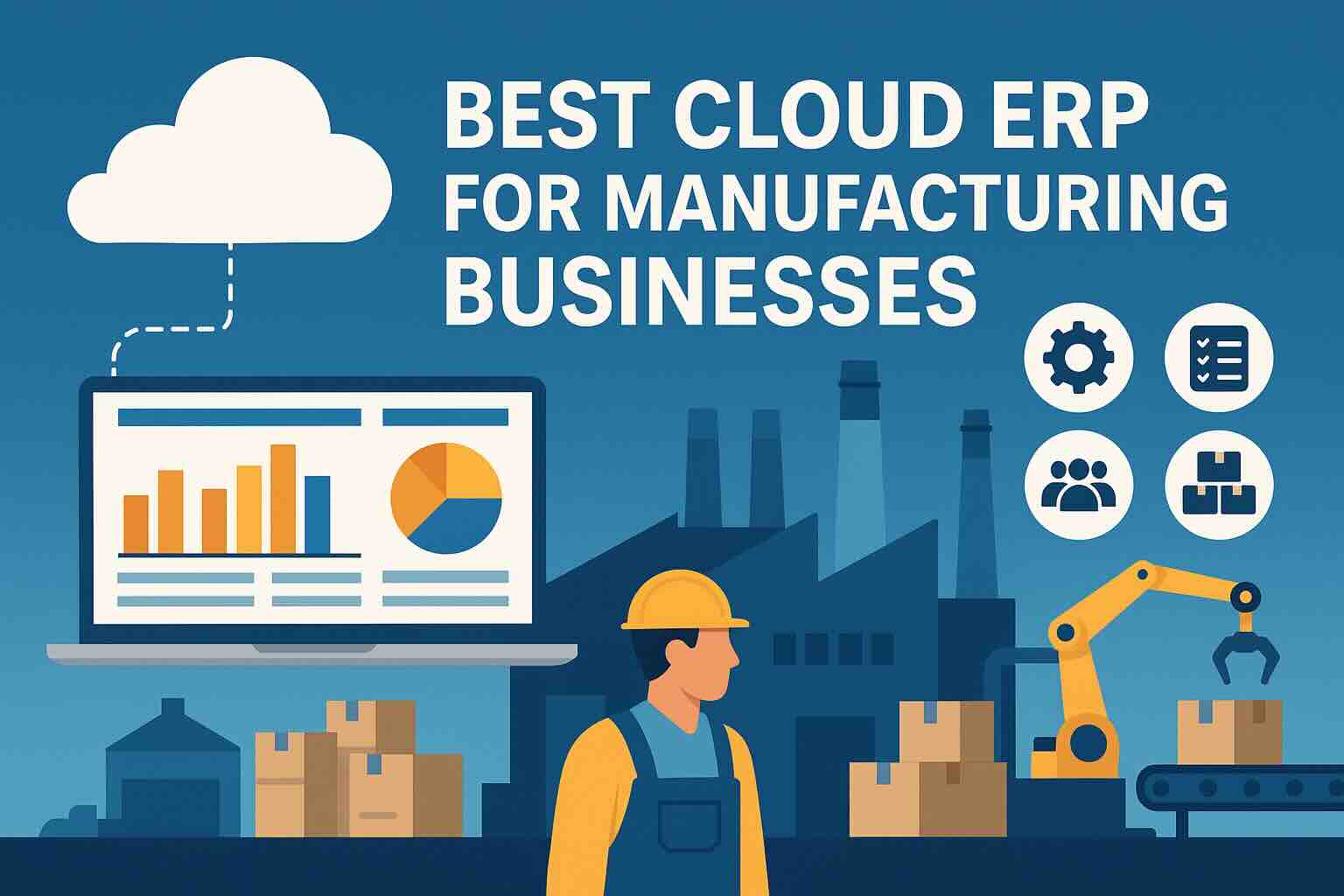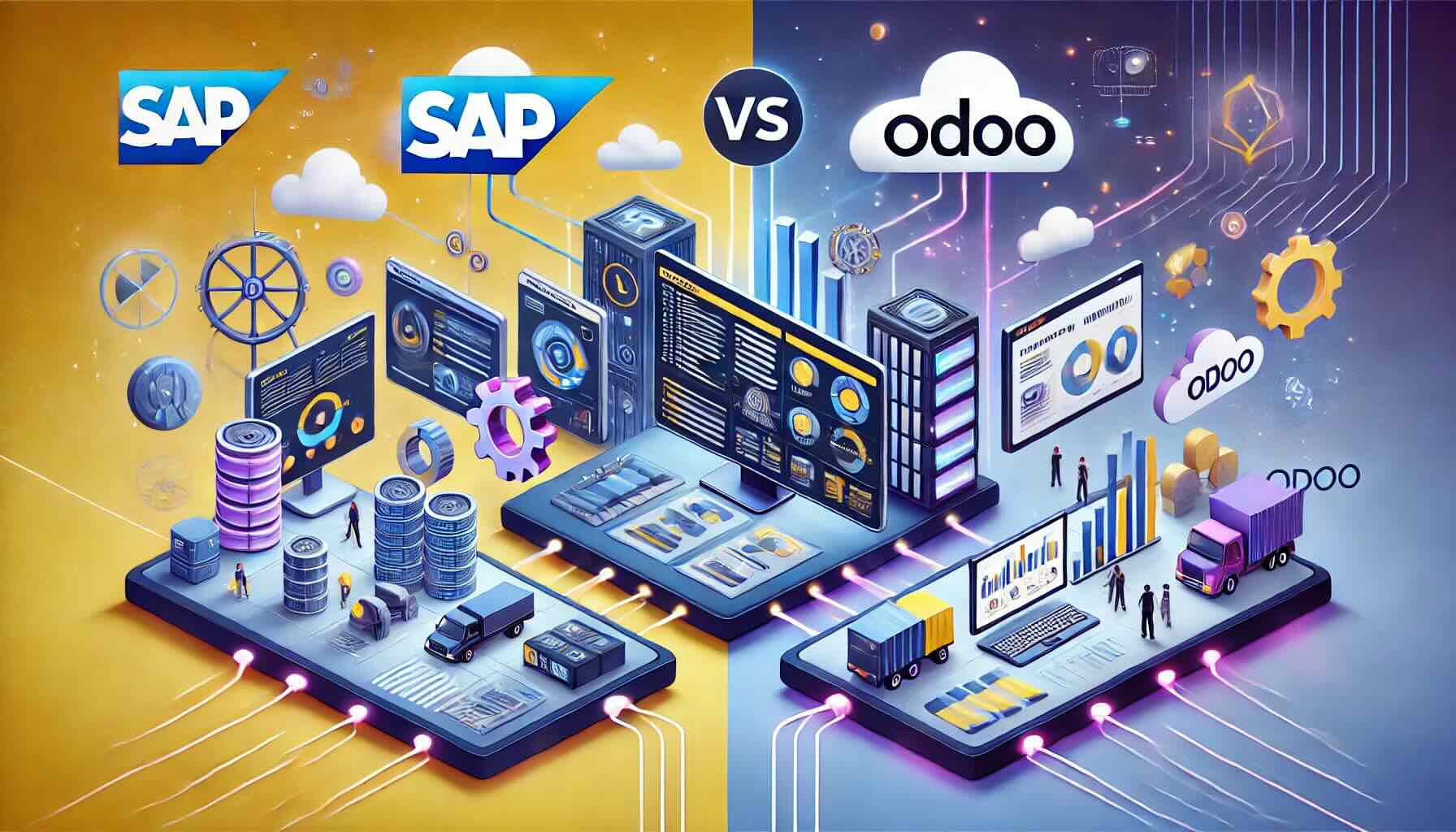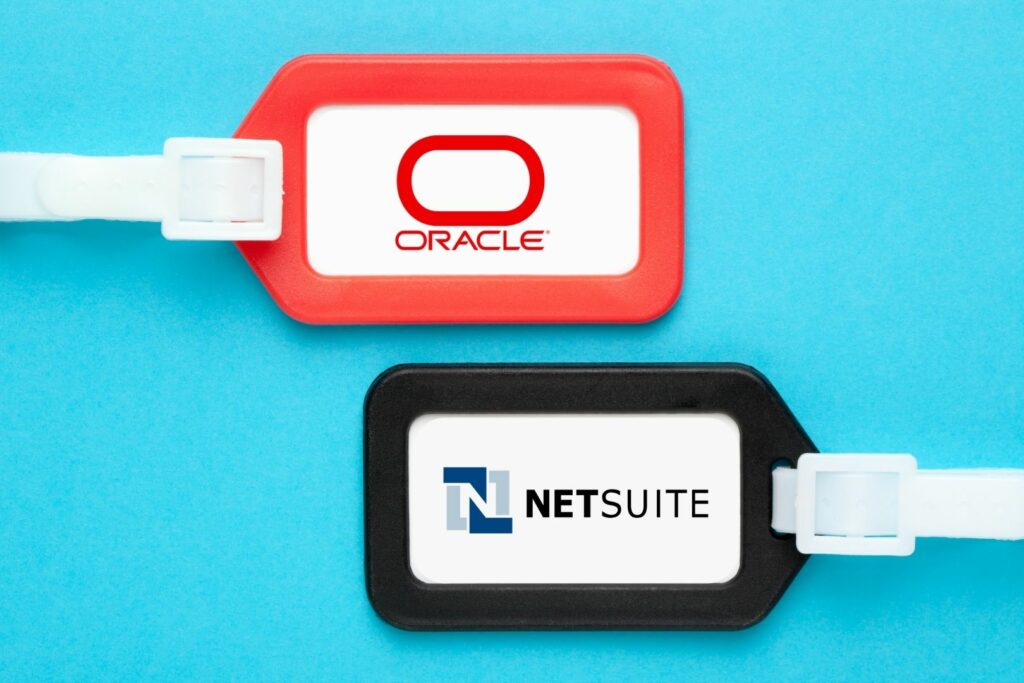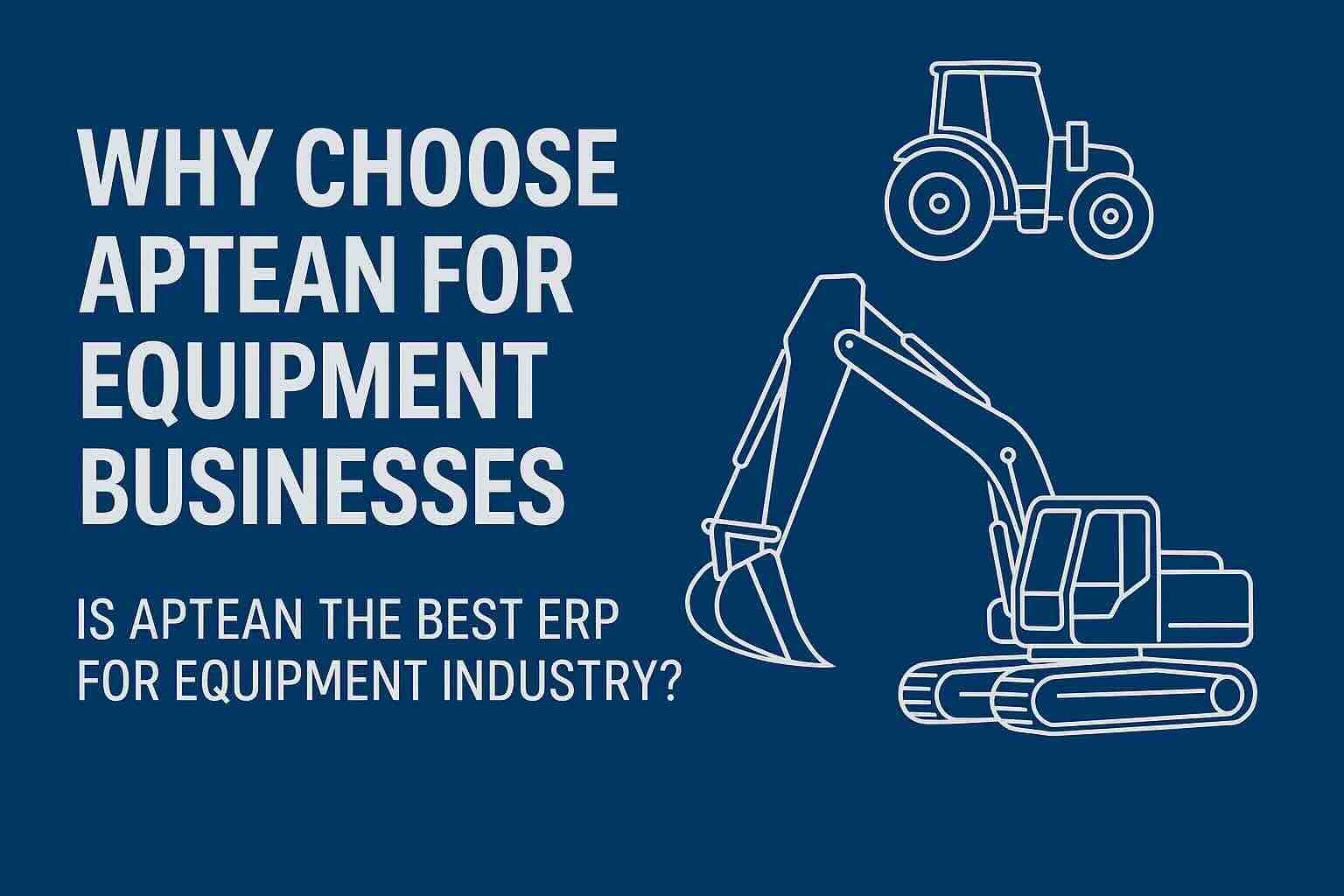Compare ERP for Media and Publishing

In the media and publishing industry, managing content, finances, and distribution efficiently is crucial for staying competitive. Enterprise Resource Planning (ERP) systems integrate various business processes, enhancing operational efficiency and improving decision-making capabilities. This blog will compare ERP for media and publishing businesses, focusing on the top five vendors: SAP S/4HANA, Oracle Cloud, Infor, Microsoft Dynamics 365, and Acumatica. We will analyze their strengths and weaknesses to help you make an informed decision.
SAP S/4HANA
Strengths:
- Comprehensive Functionality: SAP S/4HANA offers extensive modules tailored for the media and publishing industry, including content management, financial management, and customer relationship management. This comprehensive functionality ensures that all aspects of the business are integrated and streamlined.
- Real-Time Data Processing: The system’s real-time data processing capabilities allow media companies to monitor sales, distribution, and content performance in real-time. This ensures quick decision-making and enhances responsiveness to market changes.
- Advanced Analytics: SAP S/4HANA includes advanced analytics and reporting tools, providing detailed insights into operational performance, audience behavior, and market trends. These analytics help businesses optimize their strategies and improve content delivery.
- Global Reach: The platform supports multiple languages and currencies, making it ideal for international media companies. This global capability ensures seamless operations across different regions and compliance with various regulatory standards.
Weaknesses:
- High Cost: The implementation and maintenance costs of SAP S/4HANA can be significant, making it a considerable investment. This may be prohibitive for smaller media companies with limited budgets.
- Complex Implementation: Implementing SAP S/4HANA is complex and time-consuming, often requiring dedicated IT resources and expert consultants. This complexity can delay the realization of benefits and increase implementation costs.
- Customization Challenges: While SAP S/4HANA is highly functional, customization can be limited and may require additional development to meet specific business needs. This can be costly and time-consuming.
- User Training: The system’s complexity necessitates extensive user training, which can be time-consuming and costly. Ensuring that all employees can effectively use the system can be a challenge.
Click this link to find out more about SAP S/4HANA for media and publishing.
Oracle Cloud
Strengths:
- Comprehensive Suite: Oracle Cloud offers a comprehensive suite of applications, including finance, HR, content management, and customer management, tailored to the needs of media and publishing companies. This ensures all business processes are integrated and streamlined.
- Scalability: The platform is highly scalable, supporting both small and large operations and enabling easy expansion as the business grows. This scalability ensures the system remains effective as the company evolves.
- Advanced Security: Oracle Cloud provides top-tier security features, ensuring the protection of sensitive data and compliance with industry regulations. This is crucial for maintaining data integrity and trust.
- Real-Time Analytics: The system offers real-time analytics, giving media companies immediate access to critical operational data and insights. This helps in making informed decisions and improving overall efficiency.
Weaknesses:
- Cost: Oracle Cloud is a significant financial investment, with high licensing and implementation costs that may be prohibitive for smaller companies. The ongoing maintenance and support costs can also add up.
- Complex Implementation: The implementation process can be complex, requiring expert guidance and a dedicated IT team. This complexity can result in longer implementation times and higher costs.
- Customization Challenges: Customizing Oracle Cloud to meet specific needs can be challenging and time-consuming, potentially requiring additional development resources.
- User Training: Extensive user training is necessary to fully utilize the system’s capabilities, which can be a time-consuming and costly process.
Click this link to find out more about Oracle Cloud for media and publishing.
Infor
Strengths:
- Industry-Specific Solutions: Infor offers industry-specific solutions tailored to the media and publishing industry, including tools for managing content, financials, and customer relationships. This focus ensures the system meets the unique needs of media businesses.
- Cloud-Based Platform: Infor’s cloud-based platform provides flexibility and scalability, allowing media companies to adjust their usage based on current needs without significant investment in new hardware.
- Integration Capabilities: The system integrates seamlessly with other software solutions commonly used in the media industry, ensuring a unified workflow.
- User-Friendly Interface: Infor’s intuitive interface makes it easy for employees to learn and use, reducing the training time and increasing productivity.
Weaknesses:
- Cost: The cost of implementing and maintaining Infor can be high, particularly for smaller organizations. The ongoing subscription fees for the cloud-based platform can also add up over time.
- Complexity: While the system is user-friendly, the initial setup and configuration can be complex and may require specialized IT resources and external consultants.
- Customization Limitations: Customizing Infor to meet specific business needs can be challenging and may require additional development work, which can increase costs and delay implementation.
- Support: Some users have reported that Infor’s customer support can be slow to respond to issues, which can impact day-to-day operations.
Click this link to find out more about Infor for media and publishing.
Microsoft Dynamics 365
Strengths:
- Integration with Microsoft Products: Microsoft Dynamics 365 offers seamless integration with other Microsoft products such as Office 365, Azure, and Power BI, facilitating a unified and efficient workflow.
- User-Friendly Interface: Known for its intuitive and user-friendly interface, Microsoft Dynamics 365 reduces the learning curve for employees, ensuring quick adoption and efficient use of the system.
- Customization: The platform provides extensive customization options, allowing media companies to tailor the system to meet their specific needs, ensuring a personalized solution.
- Scalability: Microsoft Dynamics 365 is highly scalable, making it suitable for both small startups and large enterprises. It can handle increasing data loads and user demands as the business grows.
Weaknesses:
- Cost: The initial setup and ongoing subscription fees can be high, making it a significant investment for smaller media companies.
- Complex Implementation: Implementing Microsoft Dynamics 365 can be complex and time-consuming, often requiring specialized IT expertise and external consultants.
- Maintenance: Regular maintenance and updates are necessary to keep the system running smoothly, which can add to the overall cost and resource requirements.
- Integration Challenges: Integrating with non-Microsoft applications can be challenging and may require additional customization and development work.
Click this link to find out more about Microsoft Dynamics for media and publishing.
Acumatica
Strengths:
- Cost-Effective: Acumatica is known for its cost-effective pricing model. It offers a cloud-based solution without the hefty upfront costs associated with traditional ERP systems, making it accessible for small to mid-sized media companies.
- User-Friendly Interface: The system’s intuitive interface makes it easy for employees to learn and use, reducing the training time and increasing productivity.
- Scalability: Acumatica is highly scalable, allowing media companies to expand their operations without worrying about outgrowing their ERP system. It can handle increasing transaction volumes and data loads efficiently.
- Flexible Deployment: Acumatica offers flexible deployment options, including cloud, on-premises, or hybrid models, giving media companies the freedom to choose the best fit for their needs.
Weaknesses:
- Limited Advanced Features: Compared to larger ERP systems, Acumatica may lack some advanced features and capabilities, which can be a limitation for larger media companies with complex requirements.
- Integration Challenges: While Acumatica offers various integration options, integrating with some third-party applications can be challenging and may require additional customization.
- Customization Costs: Customizing the system to meet specific business needs can incur additional costs, particularly for smaller businesses with limited budgets.
- Support: Although Acumatica provides support, some users have reported that response times can be slow, which can be problematic in critical situations.
Click this link to find out more about Acumatica for media and publishing.
Conclusion
Choosing the best ERP for media and publishing companies depends on the specific needs, resources, and goals of the organization. SAP S/4HANA, Oracle Cloud, Infor, Microsoft Dynamics 365, and Acumatica each offer unique strengths and face certain challenges. By carefully evaluating these factors, media companies can select an ERP system that enhances their operational efficiency, customer satisfaction, and overall business performance.
To compare these ERP solutions and many more, you can use our new AI-powered Compare ERP tool. It’s free to use and you get a guaranteed discount on your first year’s licence fees with a referral from Compare ERP.









